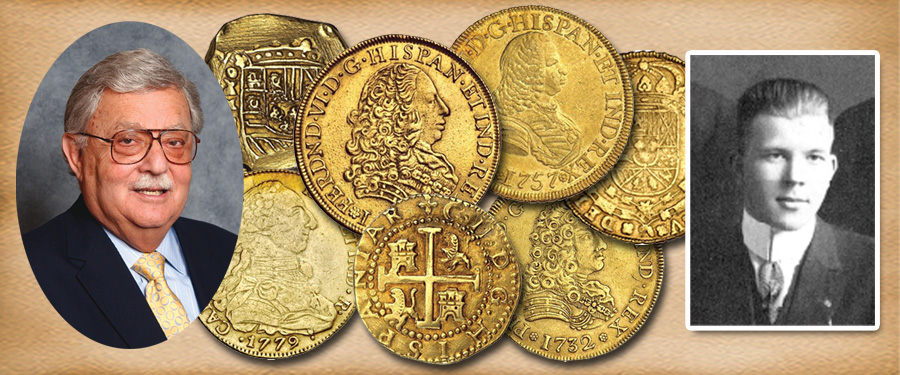
The
death of Josiah K. Lilly in May of 1966 marked the passing of a great collector
and benefactor. As a collector he was
interested in many fields and was fascinated by the history behind the objects
he acquired. He also wanted to share his collections and knowledge. During his
lifetime he made donations to Indiana University and other institutions and
after his death he was the benefactor of many.
His
home, Oldsfield, was given to the Indianapolis Museum and Gardens in 1967. The
family retained residence there until 2009. It is now open to the public.
Mr.
Libby’s extensive library was given to Indiana University, some during his
lifetime and more after his death. This included some 20,000 pieces of
literature and 17,000 manuscripts, including a Guttenberg Bible and an original
copy of the Declaration of Independence. The Lilly Collection of 5,000 soldiers
in original dress from pre-revolutionary days to the first World War and his
collection of Revolutionary rifles, muskets and other revolutionary artifact
were given to the Heritage Museum and Gardens. This museum was established in
Sandwich, Massachusetts, after Lilly’s death by his sons and also contains his
Nautical Art Collection.
Eagle’s
Nest, his hobby house outside of Indianapolis, was given to Purdue University.
Most of the land surrounding it, about 5,000 acres, was given to the
Indianapolis Historical Society to save as a park. Josiah K. Lilly was one of
the greatest philanthropists of his day. His wife, and children continued the
Lilly endowments, which over the years have totaled close to a billion dollars.
The gold coin collection that Stack’s had the honor
of helping Mr. Lilly build over a period of 16 years was in a class by itself.
About a month after he passed away, we received a call from Paul Rawley, chief estate officer of the
Merchant’s National Bank and Trust Company who were the Executors of the Estate
of J.K. Lilly. Mr. Rawley wanted Stack’s to provide an inventory of the
collection of gold coins of the world that comprised over 6,000 pieces. He then
wanted us to do an appraisal and provide some method of distribution. We were of course happy to
do the checking of the inventory,
and as we had maintained a strict card file of his collection as it grew in our offices, and it would not
be difficult to review the collection.
In
later articles I will continue with the story of what happened to Mr. Lilly’s
coins.





